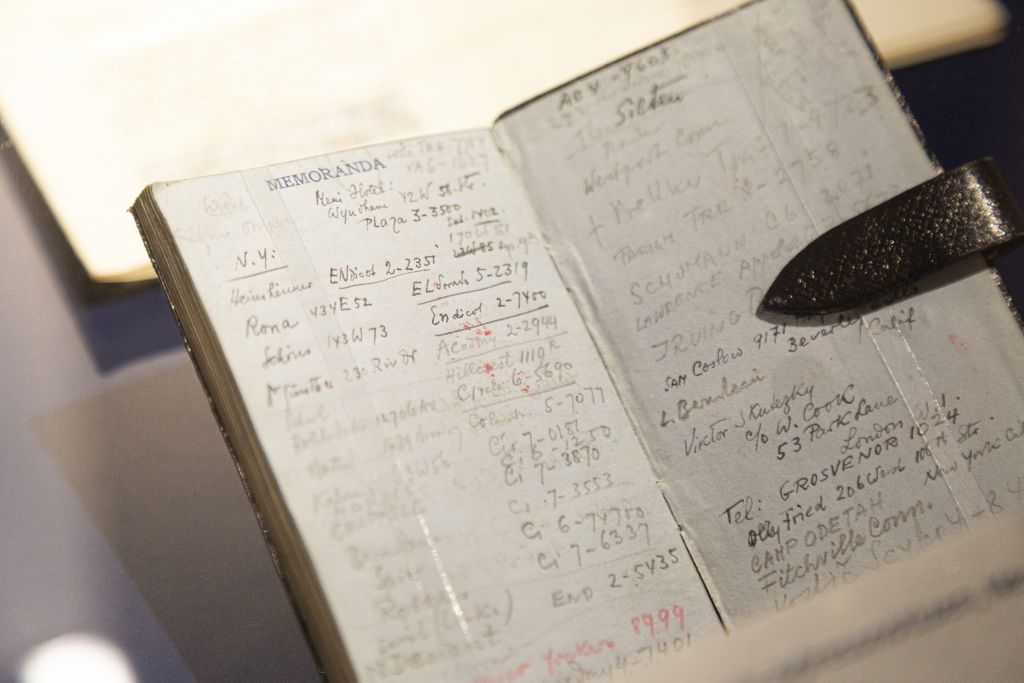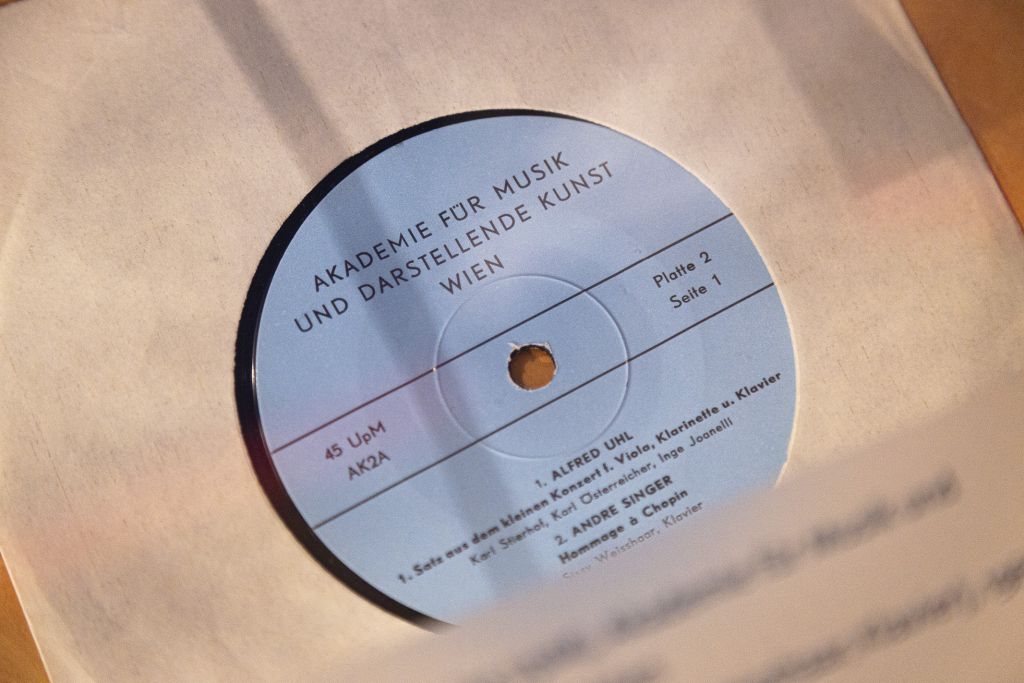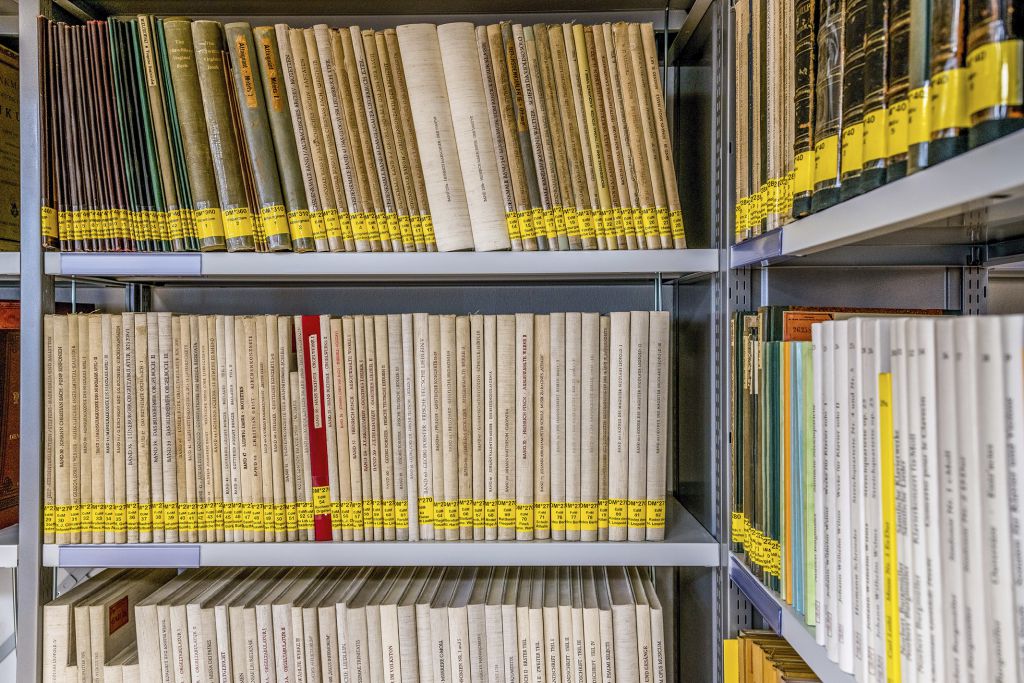We live in an age of information. Never before has so much information been produced, and never before has obtaining quick access to it been so easy. Information is everywhere—and it’s often said that we’re dealing with a flood of it. At the same time, untold quantities of information are lost on a daily basis, with much content being ephemeral and/or generated only for the sake of a brief moment. Thereafter, it disappears into the infinite depths of the Internet, often quite rightly conforming ideally to the literal meaning of the Greek word ephemeros: “for one day”.

Ambivalent Archives
Archives store elements of the past and make an important contribution to combatting the ephemerality of information or ephemerality as such. And in the same way, discarding and/or destroying digital and analogue documents facilitates orderly forgetting. Only a small segment of the written matter produced by the administrative staffs of today’s various institutions is truly worthy of being archived and ends up being duly saved. And in this interest, the process of archival evaluation entails active decision-making as to what should be forgotten and what should not. Only those documents that are no longer in ongoing administrative use but still of lasting value for administrative, historical, or legal reasons ultimately end up as archival holdings, and one can therefore say that the approach to the preservation of information taken by archives is an ambivalent one.
Doing historically oriented work necessarily entails dealing with the ephemeral. To research history is to confront ephemerality, which often entails the acceptance of gaps and missing elements. Here, the ancient Roman legal maxim indeed does apply: Quod non es in actis, non est in mundo – That which is not documented does not exist. One possible way of counteracting this and capturing ephemeral knowledge is via oral history interviews, which frequently bring to light information that cannot be found in written sources.
Combating Impermanence
Archives halt processes associated with the ephemeral by way of optimal storage, data migration, and/or targeted conservation measures. To mention a specific example: safeguarding the contents of an old tape or film is something that is highly urgent but can only be accomplished with great effort. Such media are anything but durable, sometimes even in the process of disintegrating, and it is only by way of very cool storage that their decay can be slowed. There exist old tapes or films that can only be played one more time, after which they will be unusable. And in order to counteract the disappearance of the knowledge stored on them, one also needs suitable and serviceable player devices. Production of these devices ceased decades ago, and replacement parts are now quite difficult to come by. Even in the case of CDs and CD-ROMs, which are still in use to a certain extent, it is probable that their contents will soon be lost.

The ephemerality of content becomes palpable and obvious in the case of old manuscripts and musical notation done in iron gall ink. Acidic ingredients in the inks that remained common into the 19th century eat away aggressively at the surfaces to which they are applied, resulting in what is known as “ink corrosion”—in which the paper itself dissolves. This process can only be stopped via an extremely elaborate process known as “paper splitting”, which can at least prevent further deterioration. One famous case of sources that have fallen victim to ink corrosion is that of numerous autograph manuscripts by Johann Sebastian Bach at the Berlin State Library, manuscripts that could only be rescued through a costly large-scale restauration effort (1999–2003). This example also makes it easy to comprehend the significance of the original. For why, in this case, is it so important to combat the transitory quality of deteriorating autographs if the content—i.e., Bach’s music—is preserved in countless printings, recordings, and modern digital representations? Leaving aside the aura of an original and originals’ significance in the context of cultural history, autographs also reveal important information with respect to content. Changes and corrections—betrayed by things such as differently coloured inks or pencils—can provide valuable clues as to the history of such works’ creation. And in some cases, cleanly executed corrections cannot be recognised on digital scans. Relevant to (music-)historical research is also the analysis of paper, as demonstrated in the mdw-based research project Paper and Copyists in Viennese Opera Scores, 1760–1770. Watermarks, for example, provide information on age and provenance, which makes it possible to ascertain when and where specific sources originated.
Storehouses of Digital Knowledge
Digitisation can be viewed as one of archives’ most important present-day responsibilities, a fact that puts us in a position to make major progress towards ephemerality’s mitigation. Digitisation is, in some cases, the only means by which content can be preserved for posterity. But there also exist digital archival materials where it is clear that they will soon be lost if no action is taken—and though data migration means the loss of their original form, the content can still be saved. In many cases, the digitisation of analogue content is what makes it possible to comfortably access certain sources in the first place: an example of such a case would be the mdw’s current project to implement a digital archive portal. This entails transdisciplinary integration of the Archive and collections elsewhere at the University, which will render visible the mdw’s treasury of historical sources. As a result, the various holdings will become accessible for research purposes while the sources’ digital consolidation and networking will give rise to substantive cross-connections, facilitating forms of analyses that would have been impossible in analogue form. This can include the use of analysis tools such as LAMA (Linked Annotations for Media Analysis), which was recently developed as part of the mdw project “Telling Sounds” and is capable of accomplishing valuable work. On the basis of such measures, the aforementioned archive portal will ensure the digital study and preservation of the mdw’s cultural heritage. Important impulses in this area, above all regarding the linkage of research and art, are provided by efforts such as the mdw-based artistic research project “Rotting Sounds”, which deals with the deterioration of digital sound media.

Particularly ephemeral are digital data on the World Wide Web, where numerous gaps have already opened up. Researching the mdw’s web-based and/or broader public self-presentation as well as its own self-understanding and the values thereby conveyed is an appealing undertaking, but a large chasm exists between the beginnings of computerisation at the University and the present day. And even in the present, many of the pertinent questions here have not (yet) been answered: the content of the mdw’s various social media channels, for instance, can be described as ephemeral in the best sense of the world and hence difficult to preserve for posterity. Therefore, an important task for the present and future will be to prevent this gap from growing larger, to make well-considered selections, and to prevent the loss of digital content that is indeed worthy of being archived.

